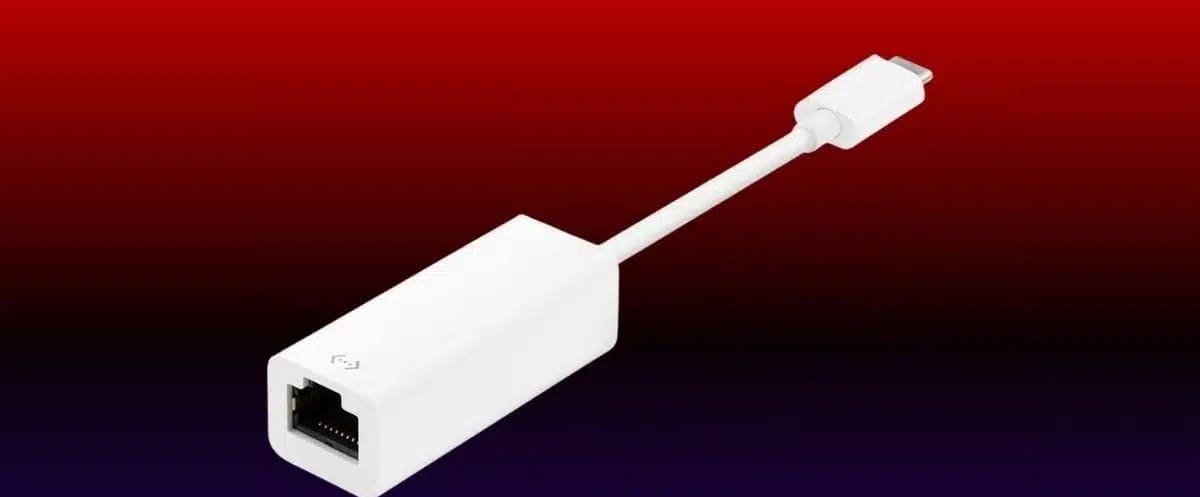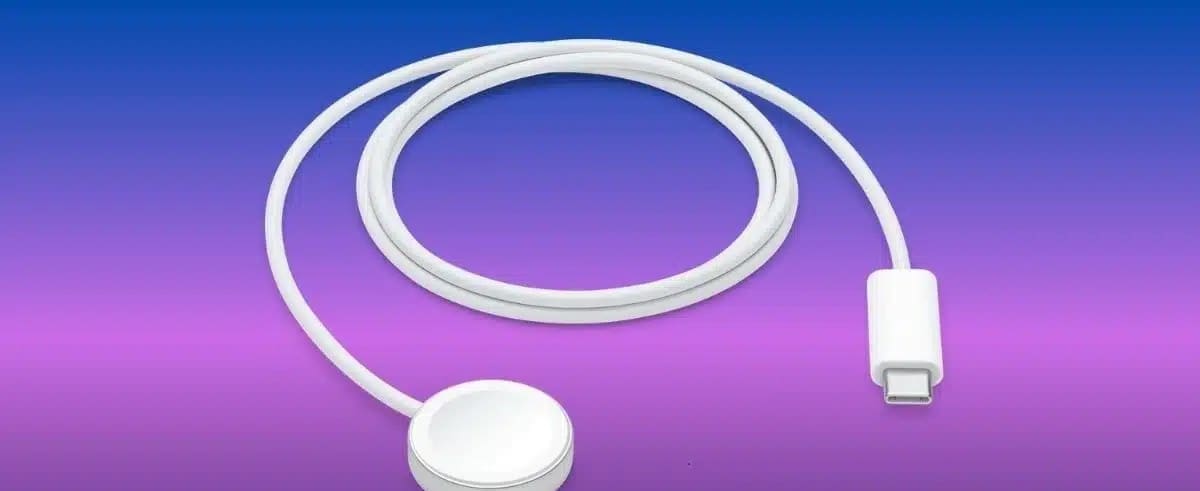All the new iPhone 15 models from Apple come equipped with a USB-C port, allowing you to charge and connect to a variety of devices, including iPads, Macs, AirPods Pro (2nd generation), external storage, and monitors, it’s fully compatible with all accessories and cables, without any restrictions from Apple.

Additionally, this port enables iPhone 15 to connect to the internet via a USB to Ethernet adapter, providing faster download speeds than Wi-Fi.
However, the capabilities of the USB-C port vary between the four iPhone 15 models. Here’s what you need to know:
Why Did Apple Replace Lightning with USB-C?
Apple’s decision to switch iPhone 15 models to USB-C wasn’t driven solely by improving user experience, it was primarily in response to the European Union’s directive to standardize charging ports for electronic devices across EU countries.
This move aims to reduce electronic waste resulting from different charging and data transfer ports, ultimately benefiting iPhone users.
Inside the iPhone 15’s packaging, you’ll find a USB-C cable, allowing easy data transfer and charging between different devices. However, you’ll need to purchase a USB-C charger separately, either from Apple or another brand, as it’s not included in the box.

USB-C Advantages
The USB-C port, adopted by the USB Implementers Forum in 2014, is known for its reversible design, making it easier to plug in compared to previous USB iterations like Micro USB, USB Type B, and USB Type A.
USB-C also boasts high-speed charging and data transfer capabilities, capable of delivering audio and video at high quality and speed, this led smartphone manufacturers to adopt it in their devices as it outperforms previous versions in almost every aspect.
USB-C refers to the physical connector, but it can support various data transfer protocols, such as USB 2.0, USB 3.0, USB 3.1, and USB4, USB4 is the latest USB protocol, offering data transfer rates of up to 40 Gbps, depending on the cable’s rating, and supports charging with up to 100W of power, twice the maximum speed of USB 3.2.
How iPhone 15 Benefits from USB-C
- Charging and Data Transfer: iPhone 15 Pro and iPhone 15 Pro Max support USB 3.2 Gen 2, enabling data transfer at speeds of up to 10 Gbps, significantly faster than previous models. iPhone 15 and iPhone 15 Plus, however, support USB 2.0, with data transfer speeds of up to 480 Mbps. To experience high-speed data transfer, users of iPhone 15 basic models will need to purchase a separate USB 3.0-compatible cable.
- Charging Other Devices: You can use your iPhone 15 to charge AirPods, Apple Watch, or any other small device that supports USB Power Delivery at speeds of up to 4.5W, including Android phones, if the device has a USB-C port, you can use a USB-C cable, if it has a Lightning port, you can use a USB-C to Lightning cable from Apple. For Apple Watch, you can use the Magnetic Charging to USB-C Cable provided by Apple.
- Connecting to Various Devices: Apple confirms that the USB-C port in iPhone 15 makes it easy to connect to a variety of devices compatible with the USB-C standard, such as cars compatible with CarPlay, external storage, monitors, microphones, and external battery packs.
- Wired Internet Connection: Users can utilize a USB to Ethernet adapter with iPhone 15, allowing direct wired internet connection without the need for a router or Wi-Fi network, this can deliver faster speeds compared to Wi-Fi, according to reports from MacRumors.

In summary, Apple’s adoption of USB-C in iPhone 15 models not only aligns with European regulations but also brings several advantages, including faster data transfer, the ability to charge various devices, and easy connectivity to a wide range of peripherals.

